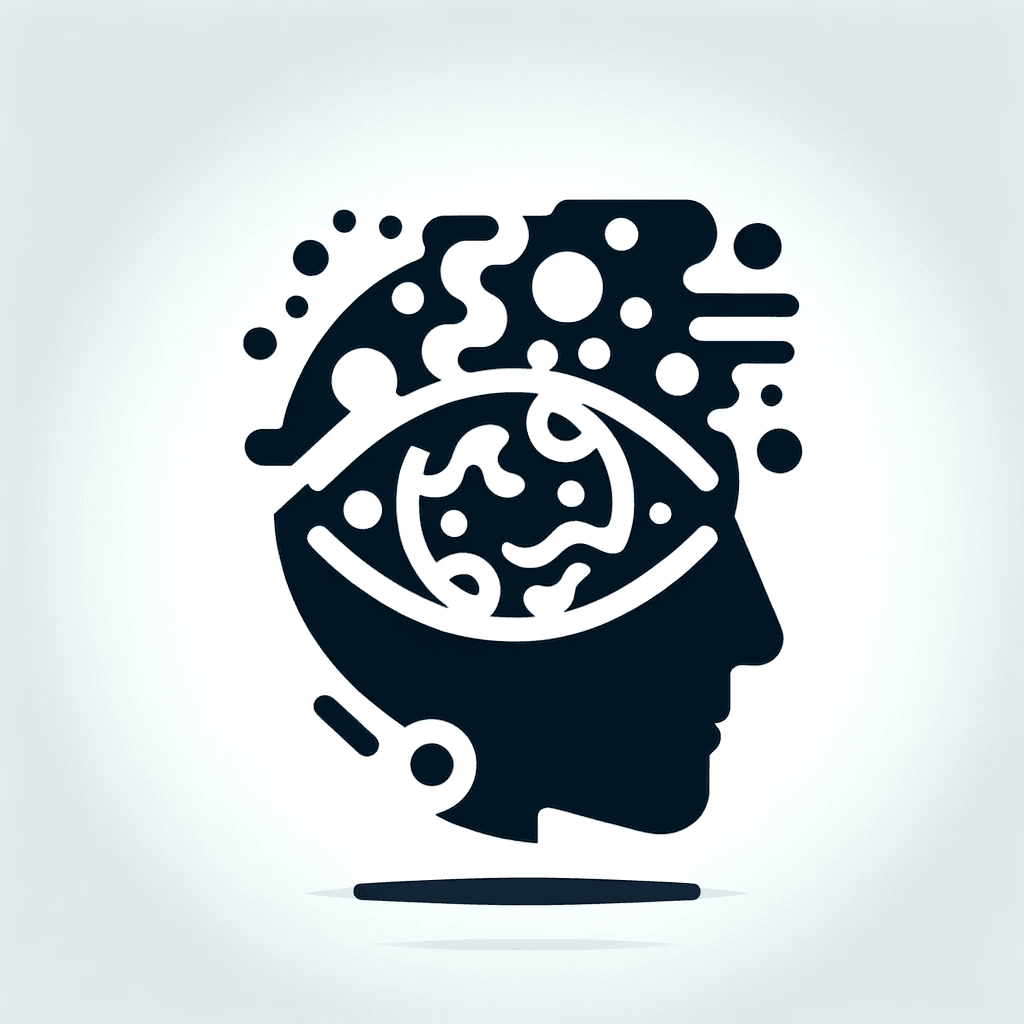Download A4Medicine Mobile App
Empower Your RCGP AKT Journey: Master the MCQs with Us!

Hallucinations are experiences where an individual perceives something through any of the five senses, despite the lack of an actual external stimulus. These phenomena are observed in a variety of medical conditions, encompassing specialties like psychiatry, neurology, and ophthalmology. Visual hallucinations, which are a form of sensory misinterpretation involving sight, frequently prompt non-psychiatric physicians to seek psychiatric evaluations. However, it's important to note that visual hallucinations are not exclusively indicative of a psychiatric disorder. They can occur in a range of medical conditions and are not solely symptomatic of mental illnesses.
To date, the understanding of visual hallucinations is marked by the absence of a single, unifying neural mechanism that accounts for their occurrence across various conditions. This suggests that while the etiologies may be varied, there could be a final common pathway in the brain that leads to the production of these hallucinations. The mechanisms proposed to explain visual hallucinations are multifaceted:
Cortical Irritation: One pathway involves the irritation of specific areas of the brain responsible for visual processing. For instance, irritation in the primary visual cortex can lead to elementary visual hallucinations, while irritation in the associative visual cortices can result in more complex and elaborate...
Try our Free Plan to get the full article.